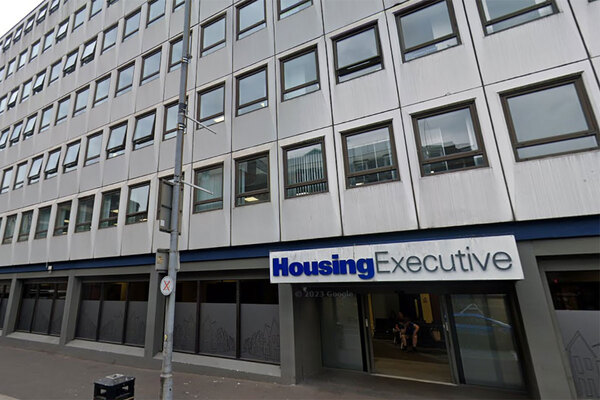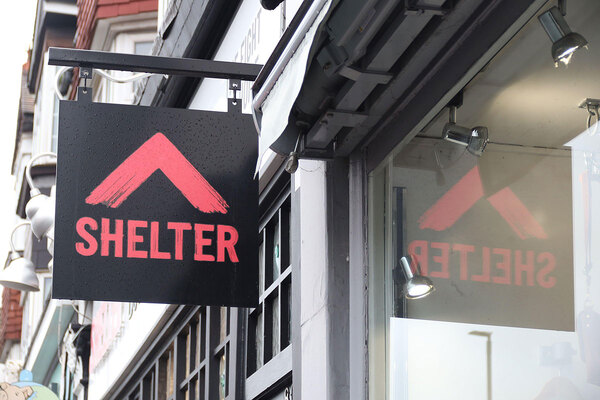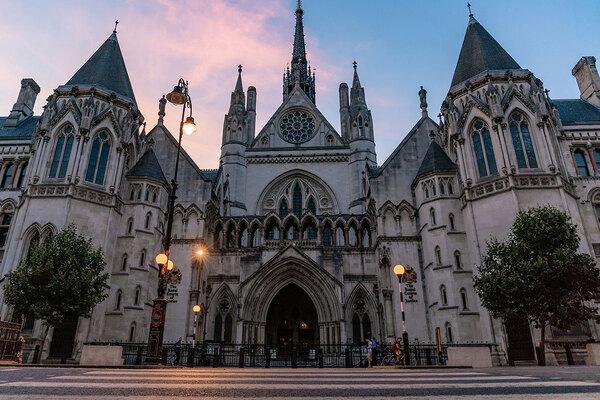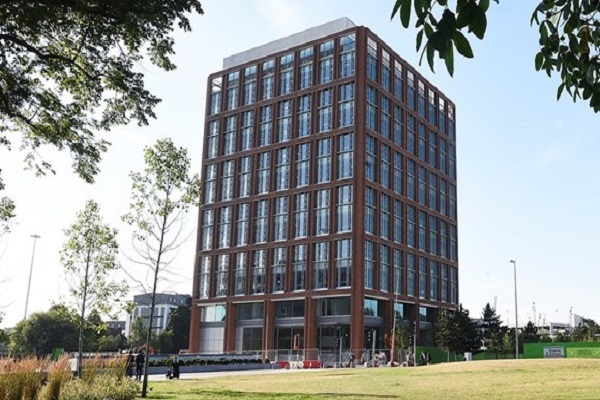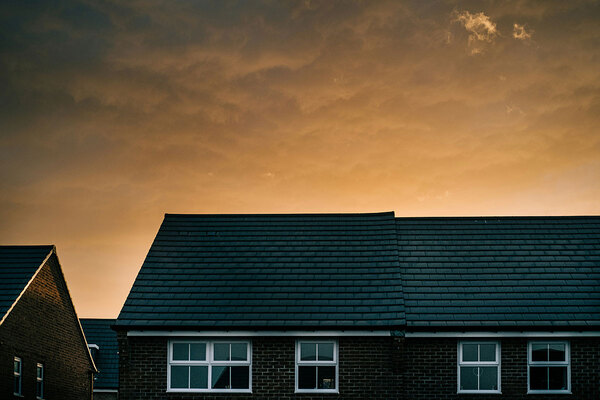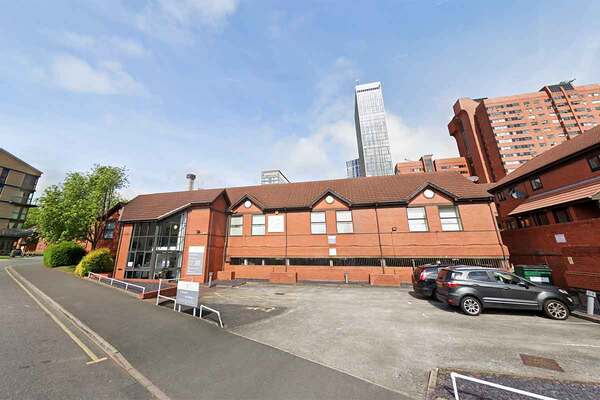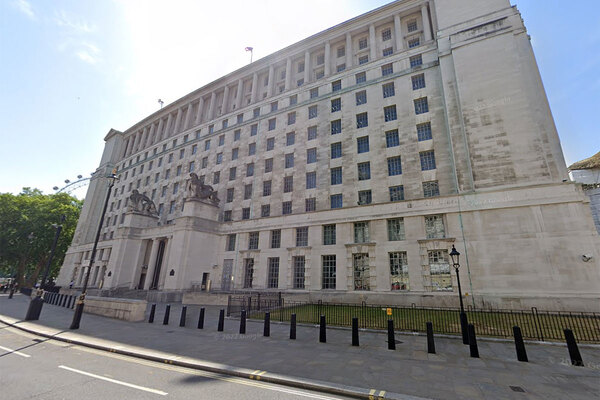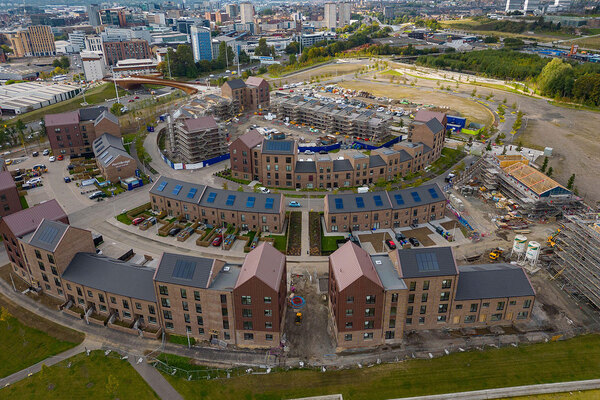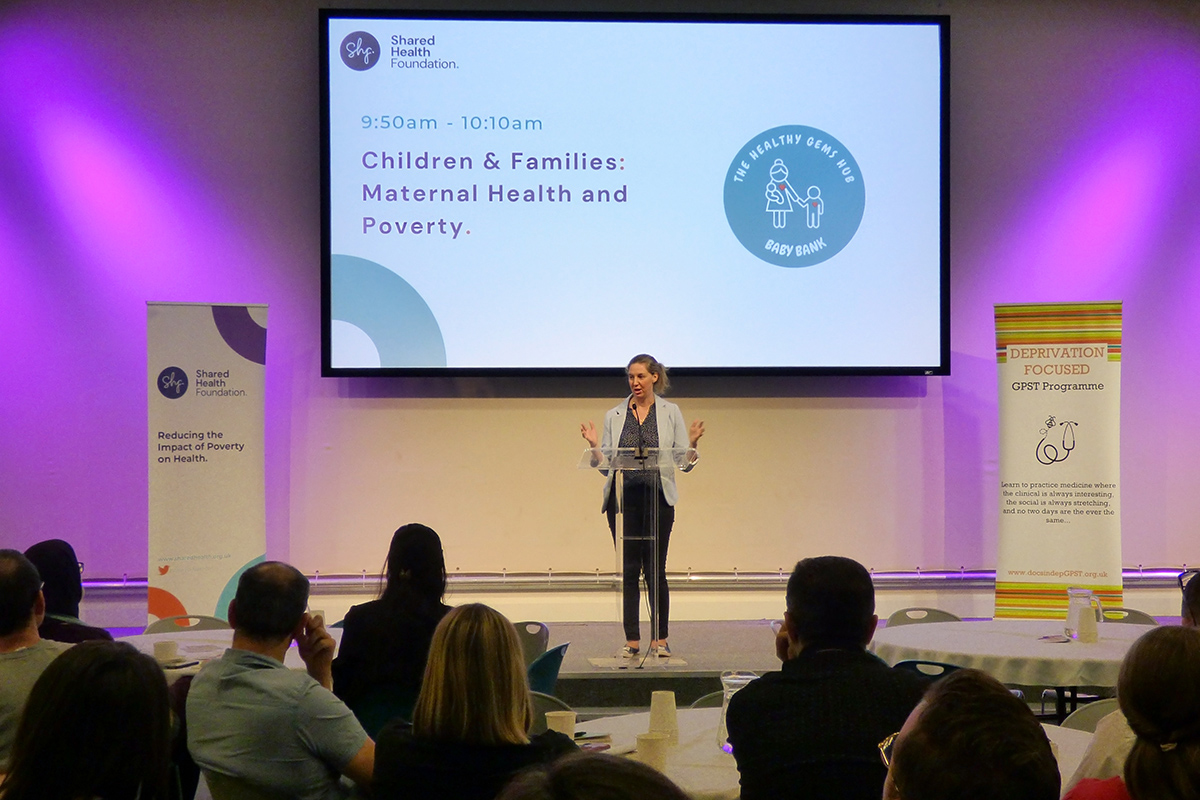You are viewing 1 of your 1 free articles
Residents lose more than a decade-long toxic land case against housing association
A group of housing association residents who said they developed health problems from toxic land under their homes in Scotland has lost their court case.
Residents on the 400-home estate off Watling Street in Motherwell launched legal action against Lanarkshire Housing Association more than a decade ago over contaminated land under their homes.
They believed the land was responsible for cracks in their homes, the smell of gas and various physical ailments, including nosebleeds, headaches, sinus problems, dizziness, bowel problems, hay fever, asthma, itchiness, vomiting and diarrhoea.
The case, first brought before the Court of Session in Edinburgh in 2013, looked at whether Lanarkshire had breached its statutory duties and, if so, whether that caused a loss to the residents.
The judge concluded this month that there was not enough evidence to support the residents’ claims.
The development was built on a former industrial site, which was developed from farmland at the beginning of the 20th century. It became the location of the Motherwell Iron and Steel Works.
The firm operated there until around 1940. Seven years later, the site was transferred to Metropolitan-Vickers, an engineering company.
In the 1950s, the site was redeveloped as an engineering works, manufacturing control mechanisms for the heating and ventilation industry.
“By the late 1970s, work had ceased on the site and the buildings were, at least in part, demolished.
“The site was earmarked for redevelopment by the Scottish Development Agency, with planning permission granted by Motherwell District Council in May 1988,” the judgement said.
Lanarkshire is the owner and landlord of 94 properties on the site.
In the early 1990s, North Lanarkshire Council (into which Motherwell District Council had been included) instructed Scott Wilson Kirkpatrick (SWK), a consultancy, to carry out contamination studies, in order to assess the cost of making the site ready for sale for residential use.
“Put broadly, while various metals, chemicals, solvents and compounds were found, SWK concluded that the degree of risk of harm from chemical contamination had been reduced to an acceptably low level consistent with the residential use of the site,” the judgement said.
In July 2000, the contractors and developers arranged for further testing of certain back gardens, resulting in metals and solvents being found, causing the ground in those particular back gardens to be removed and replaced with soil brought in.
By then, the houses had been constructed, with residents moving into the properties from 1999.
In due course, “they became concerned about health problems”, according to the judgement, and around 2009-10 “many were made aware of the previous industrial use of the site and the presence of potential contaminants”.
The length of time between when the claim was launched and the conclusion was put down to the need for “extensive periods for the lodging of full medical records”, expert reports and supplementary reports.
According to the judgement, 36 actions were raised against Lanarkshire by tenants who “claim to have suffered personal injury caused by contaminants present in the land at a housing development”.
The judgement deals with 11 of the actions, heard together, “and the outcome will be binding in respect of the remaining cases”.
Lord Clark, a judge of the Supreme Courts, concluded that “while each of the pursuers were doing their best to tell the truth”, factors identified by a professor of clinical toxicology “had some impact on the reliability of their evidence”.
He said: “The central theme of the environmental expert evidence for the pursuers was potential risks and the need for further investigations about those risks.
“For several reasons, the toxicology evidence did not provide sufficient support, including that the ailments and symptoms are common among the public and no comparison was made, with for example a control group.
“There is also an absence of research on the effects of chronic low-level exposure to contaminants in a residential setting.
“The absence of that research does not exclude the possibility of an inference that the exposure is likely to cause harm or indeed did so, but there needs to be appropriate evidence allowing any such inference to be drawn.”
Lord Clark said “seeking to draw the inferences relied upon on behalf of the pursuers, based on their own evidence, the environmental experts and the toxicology experts, goes too far”.
“The lack of sufficiently supportive evidence that the levels of contamination are capable of causing, and are likely to have caused, the ailments and symptoms suffered by the pursuers results in the pursuers’ case failing on breach of duty and on causation,” he said.
Lord Clark sustained Lanarkshire’s case.
Lanarkshire declined to comment.
Sign up for our Scotland newsletter
Already have an account? Click here to manage your newsletters

